Introduction
It's been close to 9 years since I started playing Hearthstone, and, during all this time, I had never reached Legend before. I have always been a casual Arena player. However, this year, I started creating Hearthstone content here at Cards Realm, and I decided to put a bit more effort into the game. Just like I do in Legends of Runeterra every time I get to Master, I'll tell you all how my journey went and which deck I used to get Legend in Hearthstone.
In this guide, I'll be discussing my journey to Legend with the Pure Paladin list, which is an extremely fun, simple, and strong deck.
Pure Paladin - How Light and Blunt Force Made Me Climb
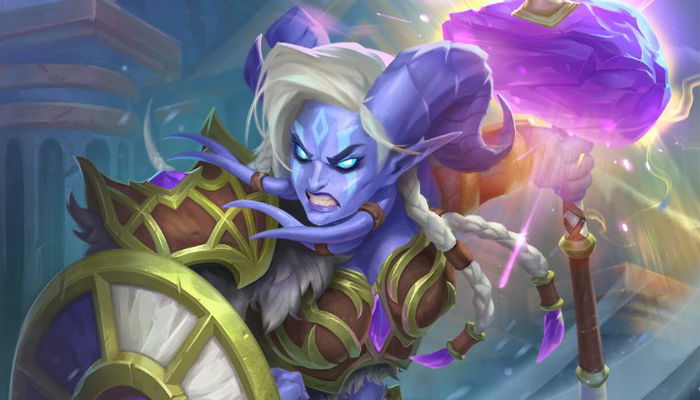
Paladin is my second least-favorite class in the entire game, and only because nothing is more annoying to me than Shaman. But the concept of Pure Paladin with Silver-Hand Recruit managed to conquer my heart.
This archetype is quite similar to the Unholy Death Knight list, the one I was playing before to get to Diamond rank. You'll basically fill the board with small units all the time, and, if your opponent can't clear your board every turn, you'll win the game with a few spell combos in your deck.
Pure Paladin works that way as well. At each turn, we'll play several low-cost units on board, which, if they survive to see your next turn, you'll win the game because of the deck's combos.
This game style is quite breezy and pleasant, as it is extremely simple. Obviously, it is very stressful for your opponent, because they'll have to remove all your units on board, on all their turns, to not risk dying on your next turn.
It is quite common to have situations in which your opponent is forced to trade their high/medium stat units into your 1/1 minions, just to prevent them from becoming a 12/12 on your next turn and winning the game on their own.
The main reason why I chose this deck to get to Legend was: this list, besides being very adaptable to the anomaly effects on ranked queue, has great matchups against everything in the meta.
This archetype gains advantages from almost all anomaly effects, unlike the Unholy Death Knight lists, for instance, which don't get anything when the effect "your spells cost 1 less" pops up in a match.
Let's see how the main strategies in Pure Paladin work.
Main Strategy

The main strategy revolves around playing cheap units with the goal of filling the board to eventually buff them enough, and in a few attacks deal enough damage to win the match.
The main cards that help you fill the board are Boogie Down and Muster for Battle, which early on can partially fill your board. These cards curve really well if you play Crusader Aura on the next turn, which increases the stats of your units when they attack.

As I've mentioned many times before, this list can "check-mate" the match if your units stay on board, but I haven't explained how that happens. The combo in this list that enables you to do these plays involves playing some Holy spells early on, because, when you do that, the cost of The Garden's Grace is discounted, allowing you, many times, to play this card for 0 cost.

This spell is your main condition as it gives one of your minions +5/+5 and Divine Shield practically for free, so, if you play two of these spells on board, you'll increase by 10 the amount of damage your minions can deal for almost no cost at all.
The cool thing is that you can tutor The Garden's Grace with Order in the Court, because The Garden's Grace only counts its mana discounts when it is in your hand. That means this spell will always be the most expensive card in your deck, and as Order in the Court shuffles your deck from the highest-cost card to the lowest and then draws a card, you'll always draw The Garden's Grace - even if it costs 0 once it gets to your hand.

If your board is cleared, other cards can bring back your resources, for instance Buffet Biggun, and even Sinful Sous Chef.
You also have resources to deal with units with Taunt with your Keeper's Strength, which is also a board clear, and Horn of the Windlord, which reduces enemy units' stats.
If everything went wrong and your opponent controlled you completely during the entire match, you'll always have access to The Countess, which will give you a lot of value late game with the Invitations that Discover Legendary minions for 0 cost.

Mulligan Strategy

This deck has a very simple Mulligan strategy: you should always prioritize your 3 cost cards that summon units on board - Boogie Down, and Muster for Battle. Pure Paladin's perfect initial hand should look like the following:

Sinful Sous Chef is the best 1-cost card to play on turn 1, but it is the worst 1-cost card to summon from Boogie Down as it doesn't have Divine Shield. You don't need to keep your 1-cost units in your initial hand with this deck, so we don't keep Sinful Sous Chef because of that.
Buffet Biggun is the unit responsible for bringing back your resources, and that is why it is important to have it in your hand early on to guarantee that the unit's Infuse effect is ready until turn 4.
Good Matchups
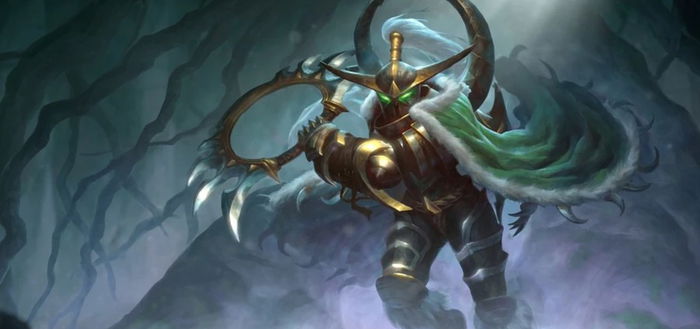
Secret Rogue - I faced this deck many times on my way to Legend, and I can say with confidence that it doesn't have enough resources to deal with everything you put down on board.
Secret Rogue's archetype has countless good unit removals and strong plays early on, but, by turn 5 or 6, after you refill your board for the third time, Rogue no longer has any spells or resources to remove your board again.
This list is based a lot on resources that are created randomly as well, which, in general, aren't effective against your strategy, once they'll need very specific removals to deal with your Divine Shield units.

Ramp Druid - This list is one of the most popular lists right now, and, even though it is quite strong, it struggles a lot with removing your Divine Shield units as well.
Even though this Druid list has many strong plays mid-game after they play their ramp cards, considering your Paladin deck already starts out the match quite fast, as incredible as it sounds, Druid is too slow compared to your deck. Slow enough to allow you to make your early game plays on curve, with no punishment at all. It is enough for you to win most games without much issue.
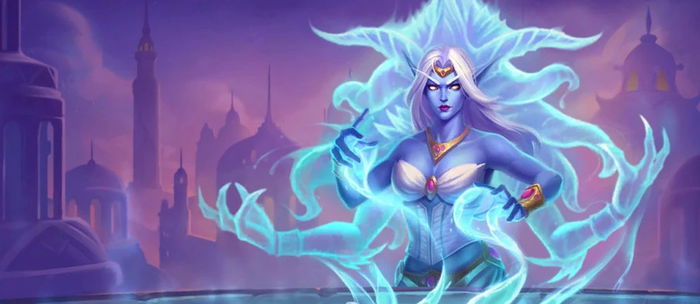
Control Mage - The Mage list struggles with the same issues as the Rogue ones, once most removals in this list deal damage to enemy units, and as your units have Divine Shield, the Mage player needs to waste numerous resources to remove them from the board.
Eventually, you'll refill your board and the Mage player won't have enough answers to deal with your units.
You might struggle a bit to deal with the card Solid Alibi, but, other than that, everything we do in the match is strong against everything the Mage deck has.
Bad Matchups
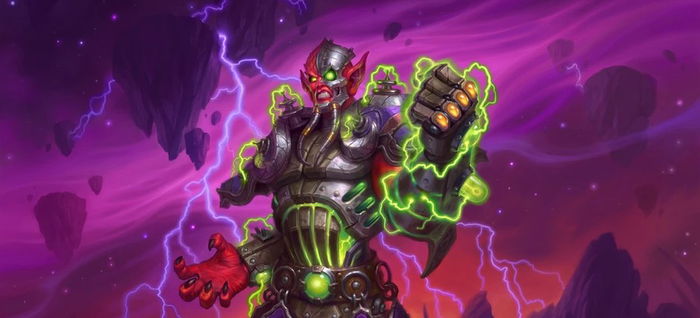
Control Warlock - The removals in this Warlock list are perfect to deal with your deck. We're talking about cards such as Defile, which deals multiple instances of damage to your units, and Sargeras, the Destroyer's "Remove from Match" effect, which goes through Divine Shield.
Not to mention this list is made to handle the damage dealt on the first turns, with a lot of healing, without wasting the value in their hand. That means that, even though this deck will spend their resources to not take as much damage early on, they won't run out of cards late game. And that is what makes this matchup hard: Warlock will never run out of cards to deal with your board.
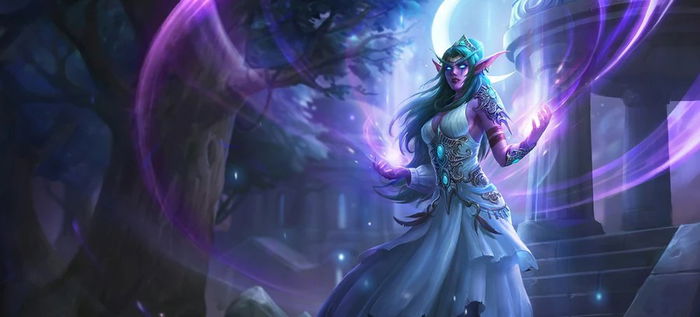
Control Priest - This matchup is quite sad, as your list can easily attack and deal damage early on, and can even come close to killing your opponent many times. But after you reach a certain stage in the game, when Priest already has enough mana to play their heavy removals, it becomes impossible to do anything against this deck.
Like Warlock, Priest will never run out of cards, and they always have heals at their disposal. The only way to win this matchup is by lucking out with The Countess' Legendaries.
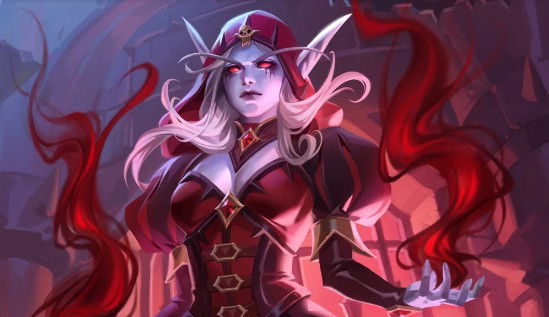
Arcane Hunter - This list is broken. This deck can be faster than yours even though it moves at the same rhythm, dealing more damage than you, all while they clean your board and draw cards.
It is impossible to win this matchup, because everything you do, Hunter does better, with spells and Secrets.
You can even play your units on board and buff them until they get decent stats. But, until then, you will likely have already lost as you can't deal with the direct damage they dealt to you throughout the turns.
Fast, But Very Important Tips
Final Words
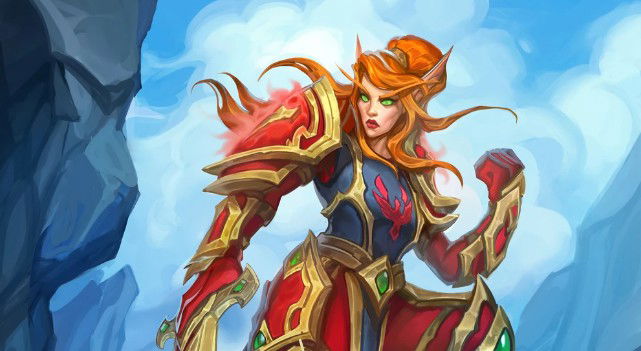
If you read this far, now you know everything about the Pure Paladin deck.
Don't forget to comment and share this article on social media. See you next time!

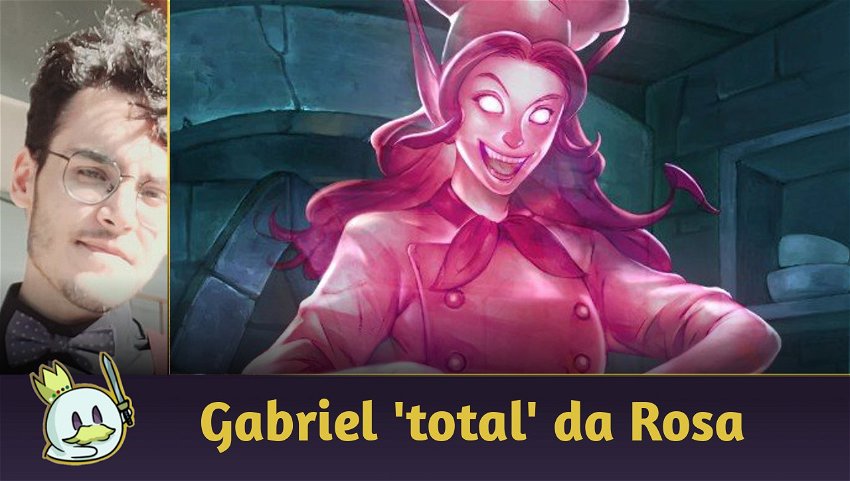













— Commenti 0
, Reazioni 1
Diventa il primo a commentare